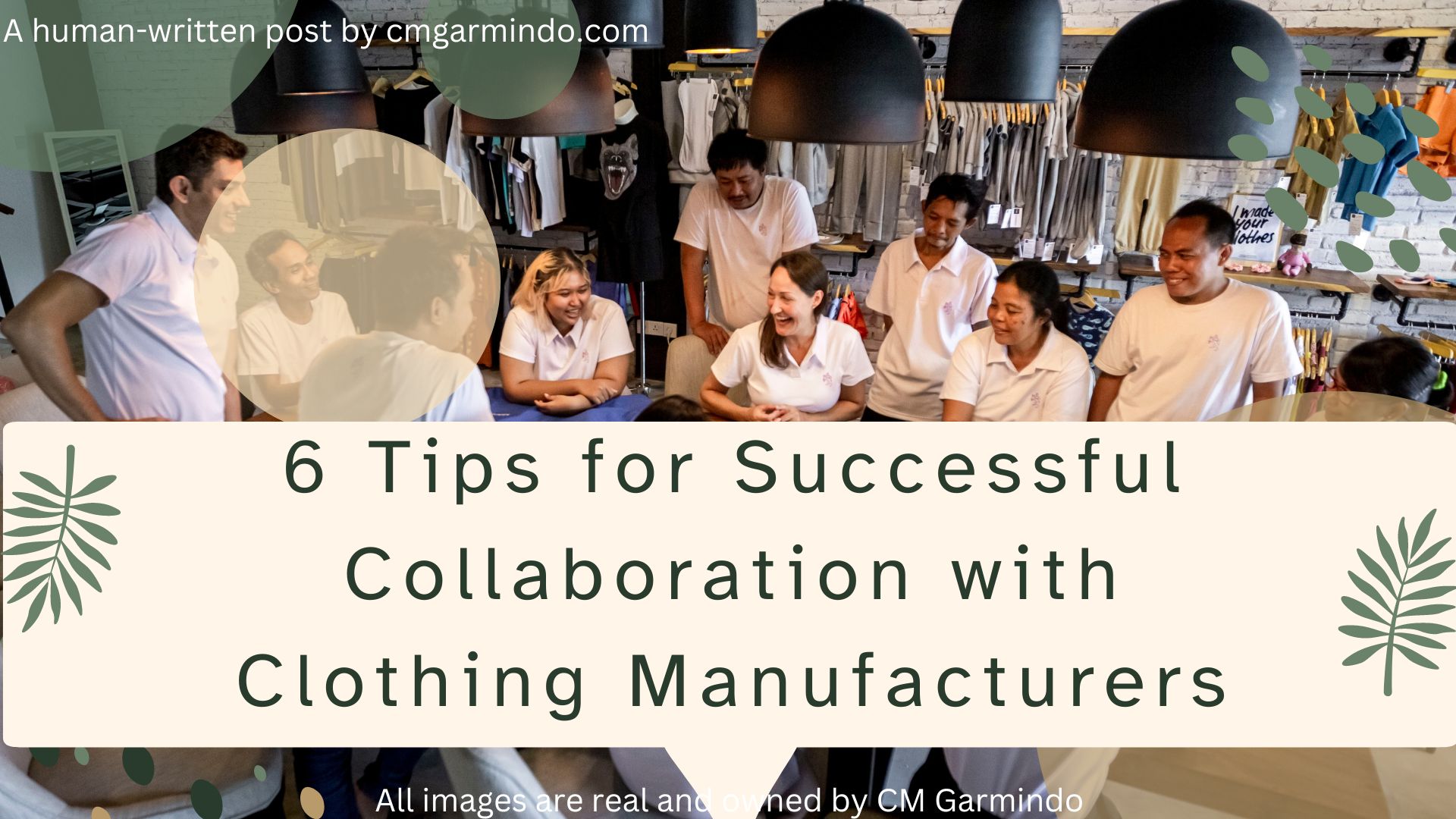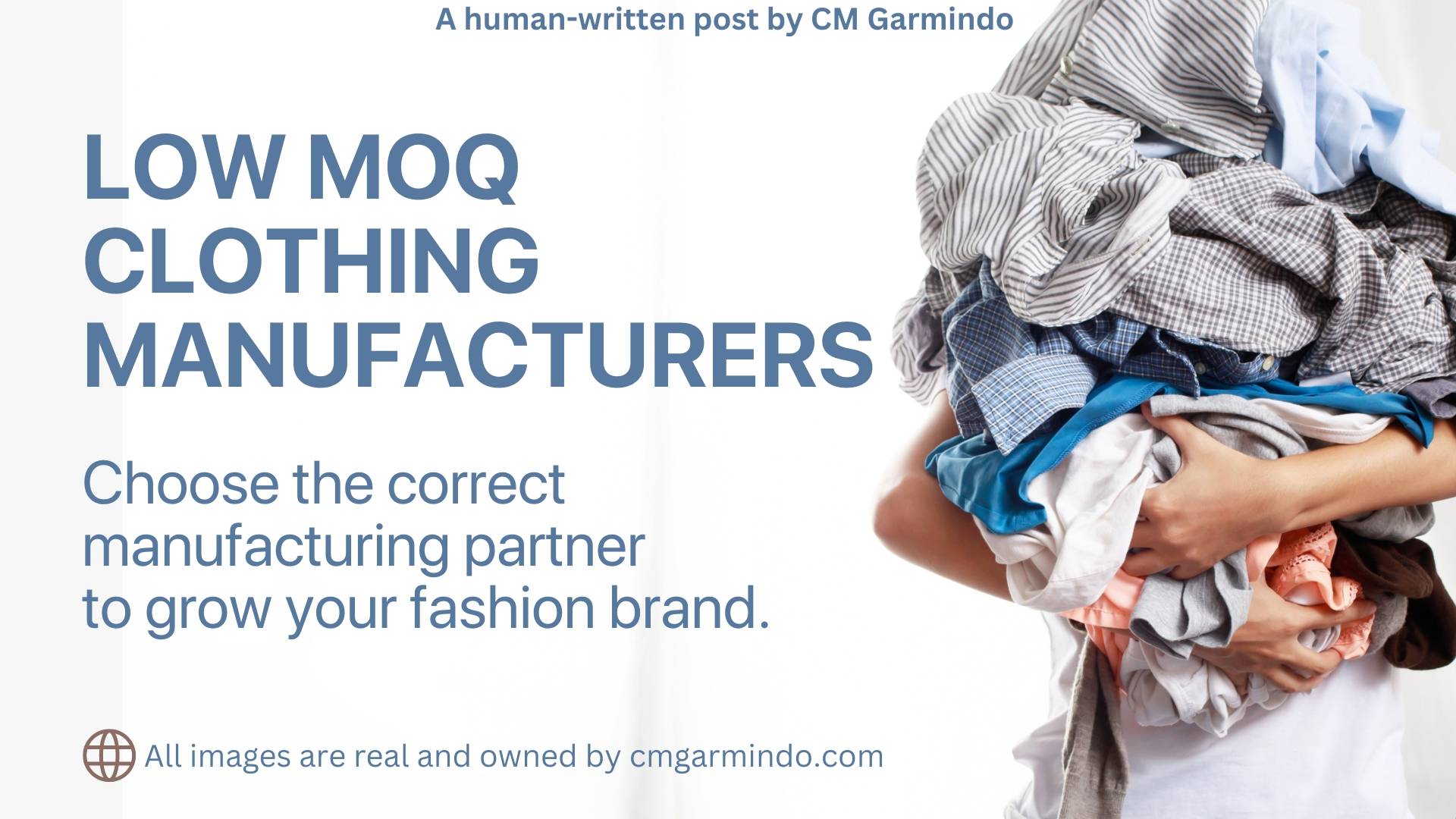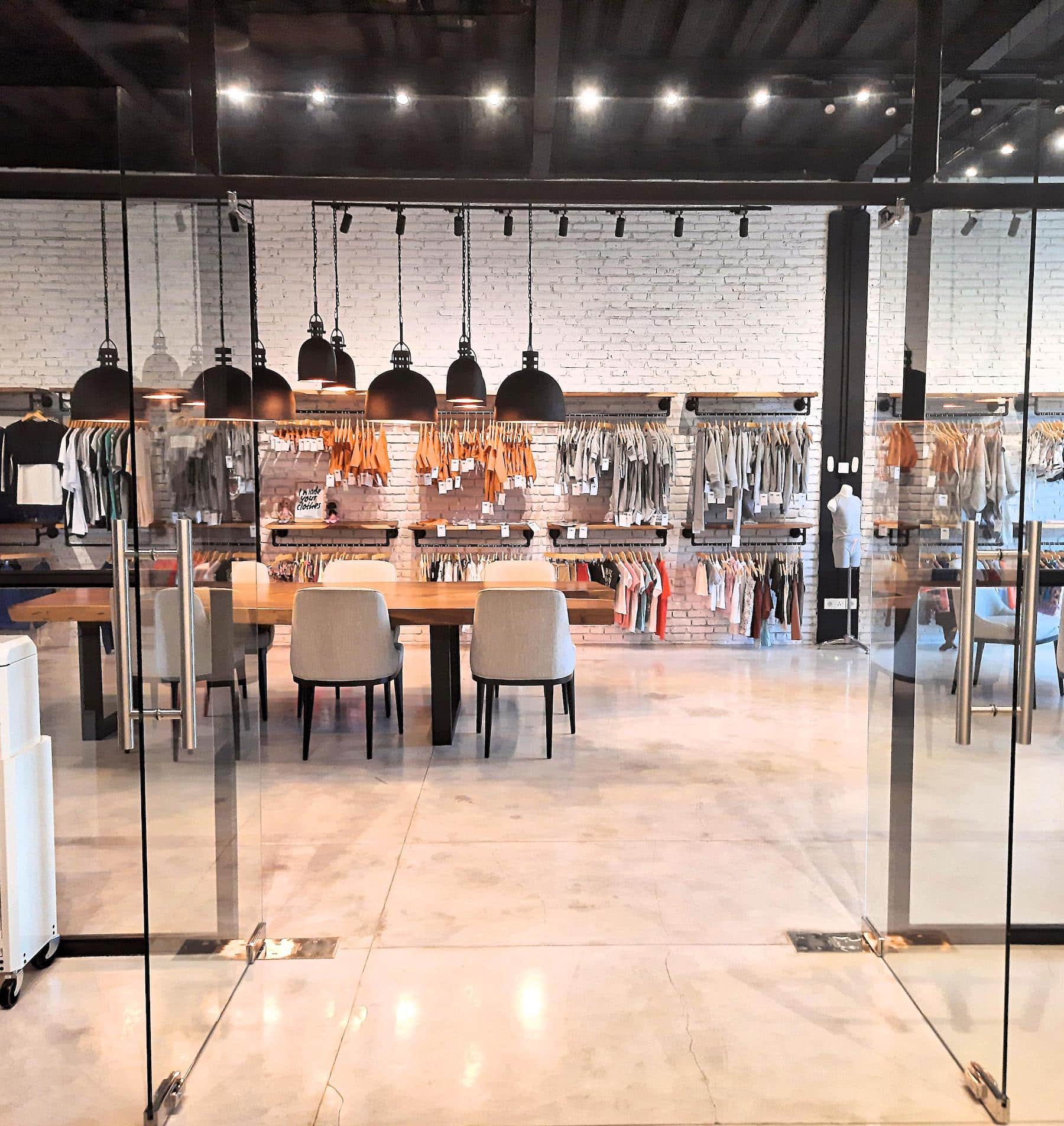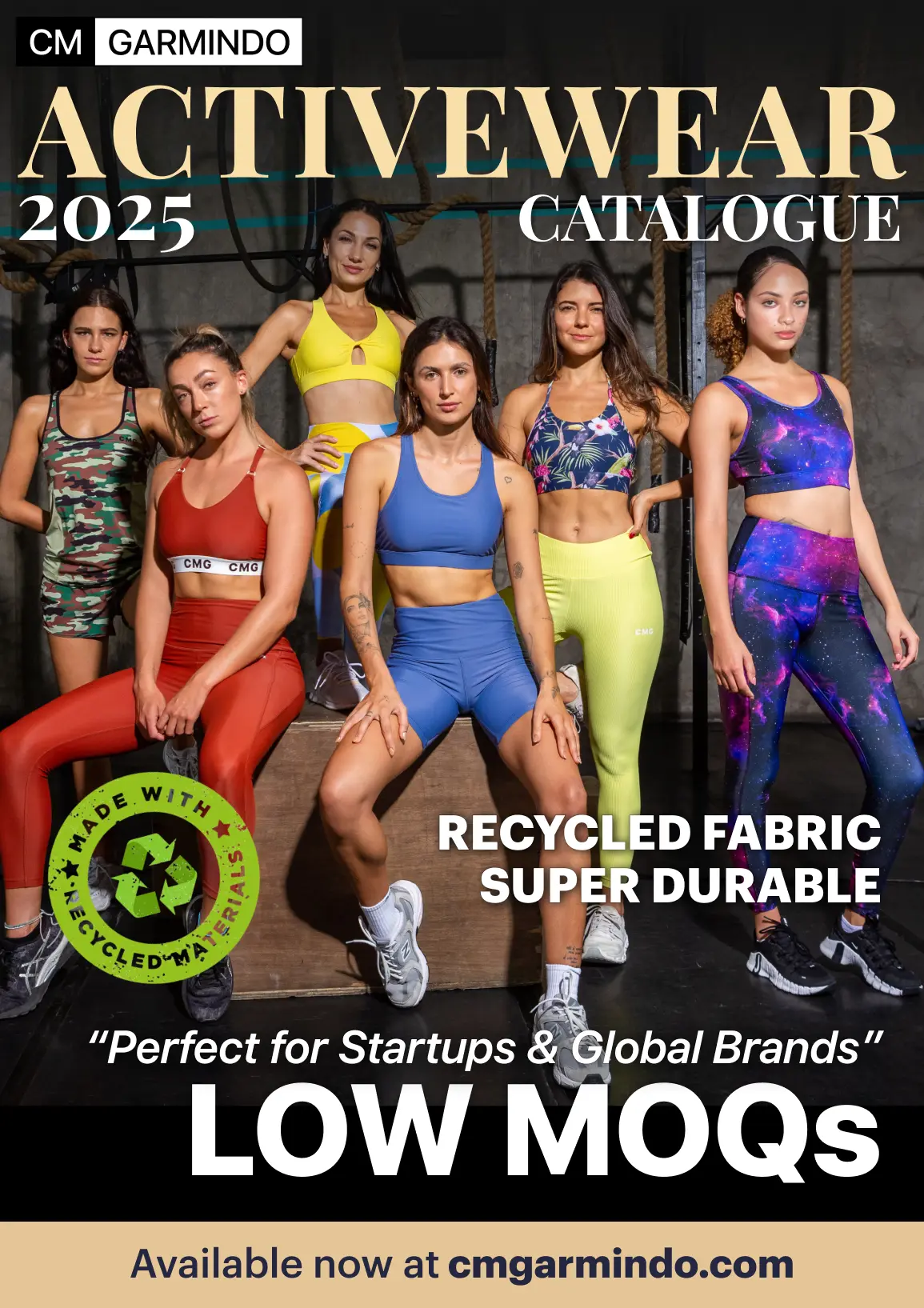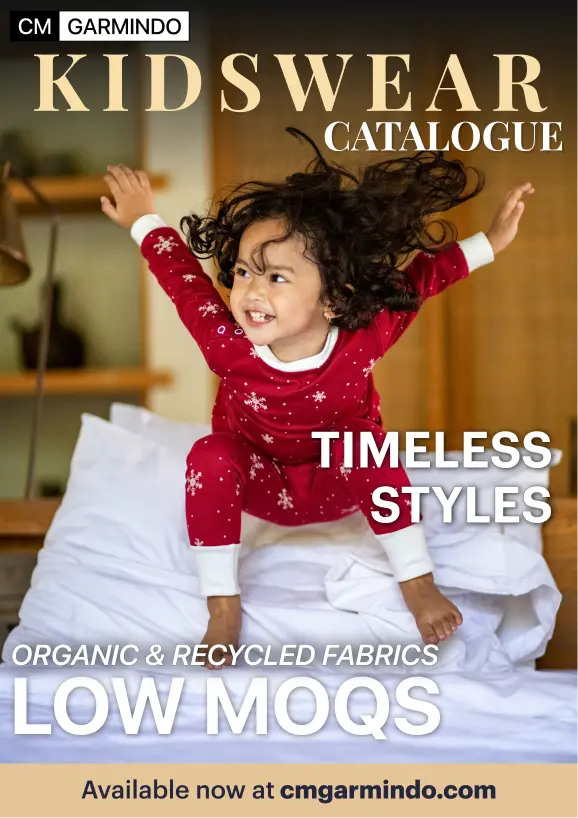Successful collaboration with clothing manufacturers can often be complex. If your apparel manufacturer is in a country where you don’t understand the language or culture, it might require continuous oversight.
In the fashion industry, design complexities, fabrics and materials specifications, production timelines, payment processes, language barriers, cultural nuances, and even time zone differences makes the entire process daunting.
For the brand owner, the relationship will determine the overall quality of the final product. For the manufacturer, it’s about the continuity of business.
Whether you’re a seasoned fashion brand or a start-up, everything has to be meticulously communicated and understood. Getting this right means the difference between a smooth production process or a logistical nightmare.
This guide aims to provide actionable tips for successful collaboration with clothing manufacturers. Let’s dive in!
1. The Importance of Clear Communication
Start-ups constantly get this part wrong. Most start-up brand owners provide little or vague input but expect accurate output. This is the fastest way to fail.
Just because a clothing manufacturer has made clothing for many years doesn’t mean we can read your mind. Nor is there a big button you can push and poof, clothing comes out the other end.
In the fashion industry, the tiniest detail will impact the final product. If you want organic fabric but you don’t say it clearly, you’re not going to get what you want.
Accuracy Matters:
The difference between a centimeter on a sleeve or a specific shade of blue might not sound like much to you, but in clothing manufacturing, it’s the difference between getting the garments you want or a wasted production.
Misunderstandings lead to mistakes, and mistakes cost money. Did you forget that you approved the French Terry a month ago and got your factory to purchase it but you meant Cotton Fleece? Oops!
Are you being timely with your responses? Delays in communication or constantly repeating instructions will affect production schedules, inevitably affecting sales commitments.
A strong relationship is when both parties understand and trust each other. This forms the foundation for a long-term, successful collaboration with your clothing manufacturer.
Barriers to Communication:
Although we’re a Canadian manufacturer in Indonesia, even we face language barriers. Approximately 70% of our clients are not native English speakers.
Our production teams speak English and Bahasa Indonesia. What might seem like a normal statement in your culture might be seen as impolite in ours.
Recognizing and accepting the differences in culture is critical to your success. This is why it’s best to learn technical industry terminologies and stick to them.
The most common barriers to communication are:
- language differences;
- cultural differences;
- technical terminology;
- and time zone differences.
To avoid language issues, it’s best to stick with English as your business language. Every business around the world uses it. Google Translate is your friend.
To learn about cultural nuances, it’s super easy to research local holidays, local foods, and social activities that your factory’s country enjoys. Get to know the people who work for you.
With regards to technical terms and industry language, simply create a glossary or list of terms so you know what your manufacturer is saying to you.
The time zone thing seems to confuse so many people. To avoid embarrassment, go on Google, type “local time in Bali” to see what time it is here before writing a scathing email to your Production Manager for not answering your DMs.
Understanding these barriers and their solutions is the first step in establishing effective communication.
2. Know Your Cultural Differences
Navigating the universe of clothing manufacturing means you’ll likely be working with diverse cultures. Adapting and respecting cultural differences will greatly influence your successful collaboration with clothing manufacturers.
One of the most important factors for a happy relationship with your manufacturer is to build mutual respect. By showing respect for your manufacturer’s culture, you can easily foster trust.
While it’s fun to learn about other cultures, it’s also important to learn how to avoid misunderstandings.
You may not realise it but certain gestures or phrases can be perceived as offensive by certain cultures. To prevent unintentional offenses, stick to business discussions in business norms.
For example, some cultures value directness while others prefer an indirect approach. This could be related to direct eye contact, or it could be about discussing roles and responsibilities.
Additionally, understanding cultural norms can make negotiations much easier. Some cultures haggle while others don’t. Knowing when and where to do this can be instrumental in doing better business.
One of the most important cultural factors is how you conduct yourself in a meeting. For example, being late shows disrespect for the other person. Manufacturers may choose not to do business with your brand if you’re always late.
Fashion manufacturing is globalised. Being culturally aware is a necessity. Adapting to cultural differences, fashion brands can pave the way for harmonious and productive partnerships with clothing manufacturers.
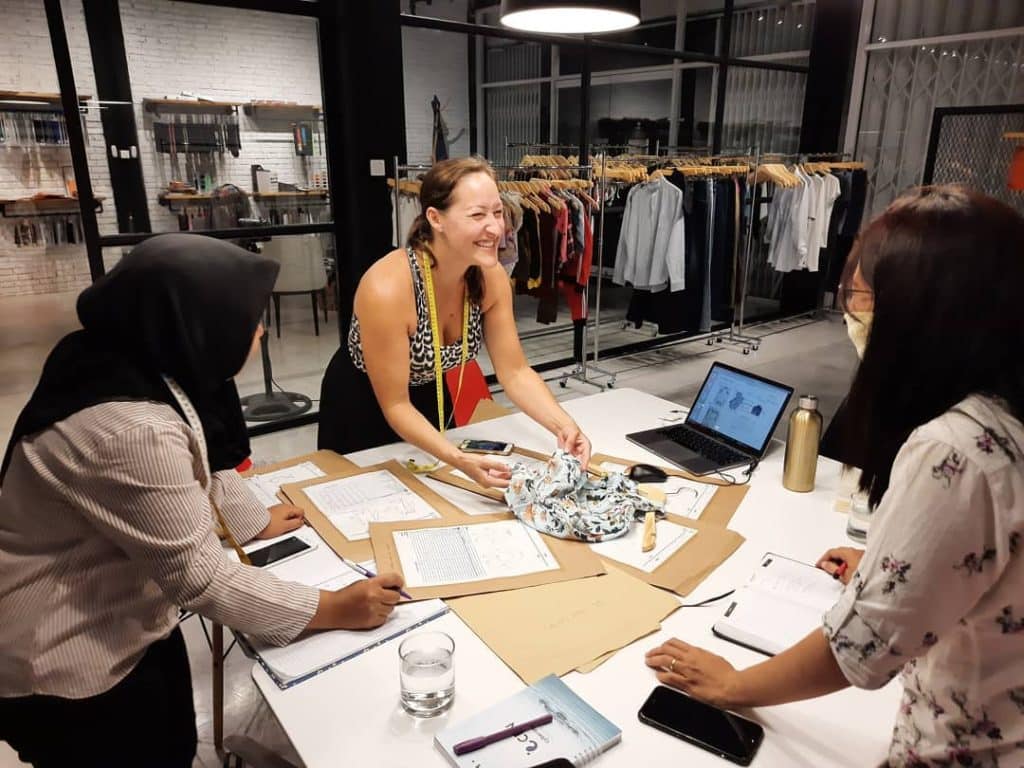
3. Set Expectations From The Start
Having a clear vision for your brand is one of the fundamental principles for successful collaboration with clothing manufacturers.
With clear instructions, you’ll have fewer revisions which also reduces the chance of errors. Keep in mind that most factories will charge fees for continuous revisions.
There are certain factors that you need to define before manufacturing clothing.
- Design Specifications: Every little detail from fabric colours, to stitch types, to hardware components, to prints must be visualised. This is where design boards, mock-ups, and tech packs come in.
- Bill of Materials (BoM): Knowing the types of materials you want to use is paramount. It doesn’t matter if your garment factory provides these; you should still know what you want.
- Production Timeframes: Your factory should be doing this for you but you should have a schedule of expected milestones from samples to approvals to shipping and so on.
- Quality Control (QC/QA): For certain countries, it’s mandatory to get your clothing tested before it can be shipped to you (babywear in USA). As the brand owner, it’s your responsibility to know which regulations you need to adhere to and tell your factory so they can conduct the appropriate tests.
- MOQs & Payment Terms: You’ll need to establish your estimated quantities and costs including payment schedules and payment methods.
- NDAs & Contracts: To protect your IP, you’ll need to get an NDA to send to your factory. To protect the factory and your production, your manufacturer should have contracts in place that are signed before a bulk production begins.
By setting clear expectations from the start, clothing brands can foster a successful collaboration with clothing manufacturers. This will ensure your production process is smooth and the final garments match your vision.
4. Utilising Technology That Clothing Manufacturers Understand
It goes without saying that businesses need modern communication technology to survive. But it’s mindboggling how ineffectively some people use their tech for business.
Serious manufacturers don’t waste time on Instagram DMs. Serious business is done using appropriate communication tools. Learning when and where to use these is critical to smooth production runs.
It’s cringe when people try to email massive files and complain when their emails bounce. Email was never meant to share large files. But cloud platforms such as Google Drive, DropBox, or WeTransfer are. Plus, they’re free!
Also, working with Google Drive means that more than one person can review and edit documents at the same time.
Get to know these tools for more efficient working relationships.
- At CM Garmindo, we use GoToMeeting for video conferencing, which is the same as Zoom but more affordable and offers more features.
- Our Production Managers use WhatsApp Business for direct communications but this is done for short bursts. Your PM will send you photos and videos to show you progress or ask for an approval on something like a fabric print test.
- For long discussions, we use email. This is the main communication format for professionals worldwide.
- And everything is logged and tracked through project management platform called ClickUp. This is where our internal teams assign tasks and track productions which keeps the entire company organised.
Incorporating various types of technology into the communication process is a game-changer. It streamlines conversations and adds efficiency which ensures a successful collaboration with clothing manufacturers.
5. Accurate & Quick Feedback for Faster Collaboration
Accurate and quick communication is the backbone for smooth productions. It ensures your brand’s vision aligns seamlessly with your manufacturer’s execution.
But most brand owners don’t know how or when to provide feedback. Being vague, delaying discussions, or focusing on irrelevant events wastes time.
Clothing manufacturers are in the business of producing goods, as fast as possible. Their entire day is a mix of talking to clients about the clothing they want to make, ordering supplies, and assembling them to make garments.
What apparel manufacturers don’t like to do is guess at what you need. To repeatedly ask you for specifics. Or chase you for feedback. Or chase you for payments.
Keep in mind, well-known ethical clothing manufacturers like CM Garmindo have hundreds of clients that make hundreds of thousands of garments each year. Everything is time-sensitive.
Factories aren’t sitting there waiting for you. You engaged the apparel factory. They need to know what you want. You need to follow their processes and provide feedback quickly.
Vague feedback is confusing and wastes time. It’s best to be specific, be accurate, and pinpoint the exact issue for fast communication.
Timely feedback is necessary to avoid delays in your production. While you’re delaying, your factory is discussing the same things with dozens of other brands who are taking action. If you delay, you go to the back of the line.
Avoiding personal remarks keeps the discussion focused on business. And, depending on the culture of your manufacturer, it can help you avoid costly relationship mishaps.
Regular quick feedback ensures early detection of potential issues. Encouraging positive dialogue keeps things moving forward smoothly. This saves time and money in the long-run.
6. Conflict Resolution: It’s A Communication Problem
Whether it’s a misunderstanding or an unforeseen event, you’ll be called to address challenges which can greatly impact your collaboration with your clothing manufacturer.
Oftentimes, it’s a simple misunderstanding of the requirements. Sometimes it’s a delay that causes the conflict.
It might be a disruption in the supply chain, or you might be asking for a lot of design alterations, or there might be an error from your manufacturer that needs fixing.
The best way to resolve a conflict is unemotionally.
Recognise the challenge. Understand perspectives. Initiate dialogue with facts, not emotions. Be nice, be respectful. Be solutions-oriented.
With the right approach, challenges become opportunities for growth, and a way to strengthen your bond with your garment manufacturer.
Final Thoughts
Successful brands recognise the significance of cultivating robust, transparent, and respectful relationships with their manufacturing partners.
As you grown your clothing brand, the need for faster seamless communication with your manufacturer becomes paramount.
Summarising from this guide:
- Communicate accurately and quickly. Manufacturers are busy, and you have a business to grow. Be specific about your requirements and respond quickly.
- Understand business cultures. Respect the cultural norms and practices of your garment manufacturer. Get to know the people who you depend on.
- Set expectations from the start. Define your needs clearly, make sure everything is documented, get your business contracts in place before you start producing clothes.
- Learn your business technology. Effectively use emails, file sharing platforms, design spec documents, CRM platforms, to ensure smooth interactions that are traceable.
- Get your feedback loop in place. Regular calls and meetings are essential to track your progress and highlight areas of improvement.
- Prepare for challenges before they happen. Things don’t always go as planned, and that’s ok. Keep an open mind, focus on identifying and solving problems together with your garment factory.
Is there anything else you can think of to add to our 6 tips for successful collaboration with clothing manufacturers?
If you’re still looking for a premium quality garment manufacturer, who’s known for excellent collaboration with fashion brands, you’ve come to the right place.
Due to our superb communication and ethics standards, CM Garmindo is known as one of the top premium quality clothing manufacturers in the region.
If you’d like to ask questions, getting in touch with us is super easy. Visit our website to drop us a message in any of the contact forms.
We’d be delighted to assist you right away.
